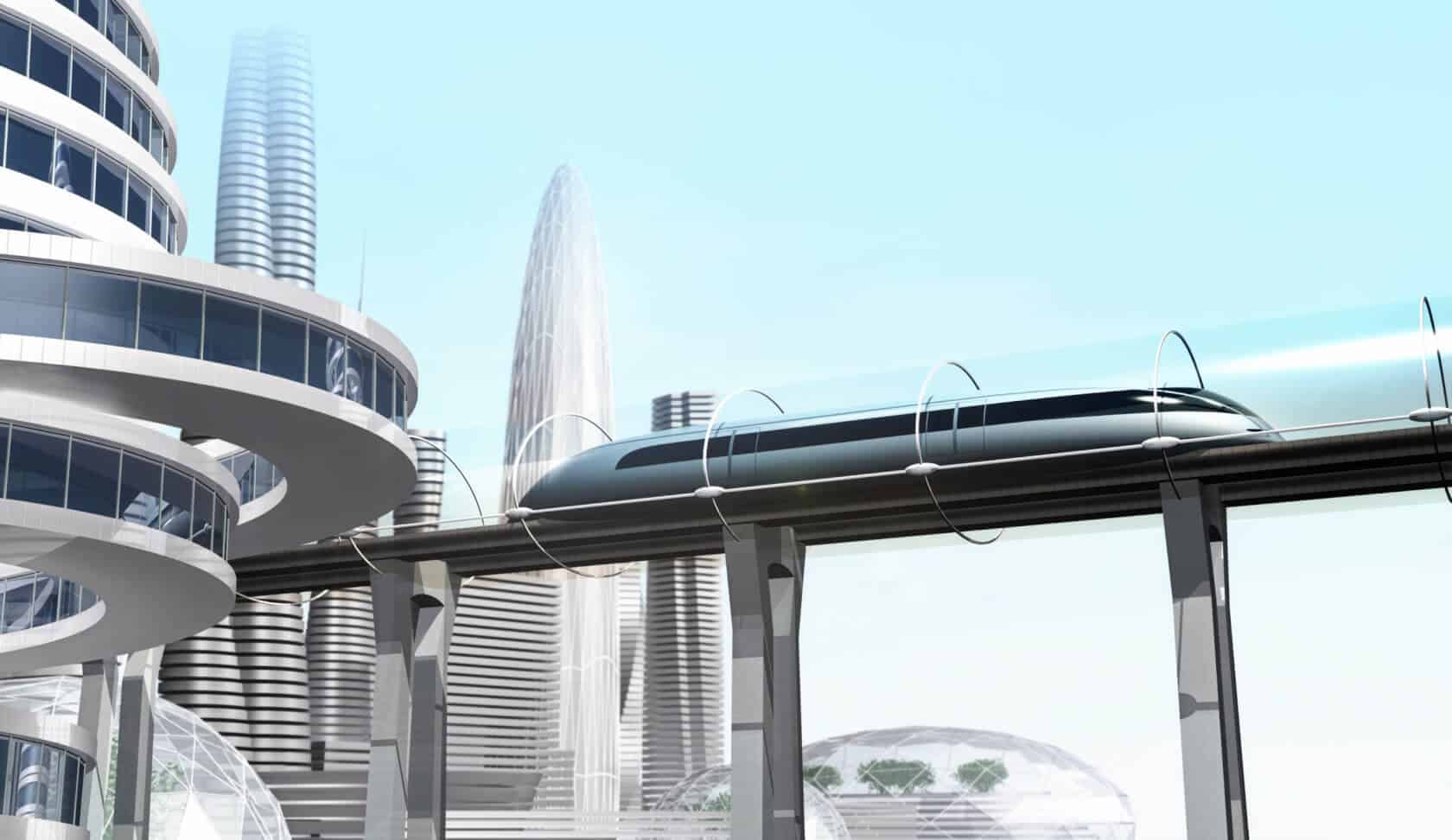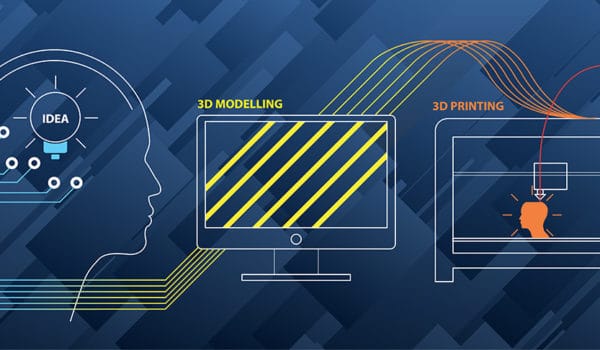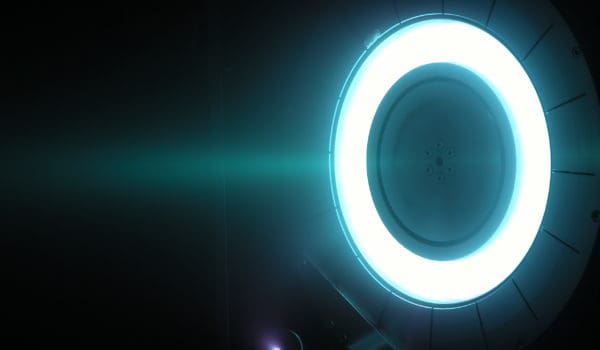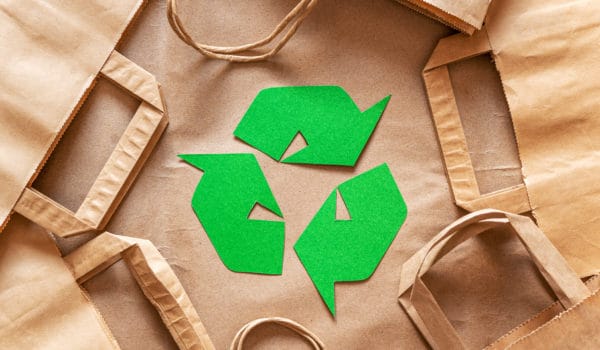The Hyperloop is a novel mode of transportation that is presently being developed by several companies. It might carry people at speeds of up to 1200 mph in floating pods that race along within gigantic low-pressure tubes, either above or below the earth.
The idea of using low-pressure or vacuum tubes as part of a transport system has a long heritage. The Crystal Palace pneumatic railway used air pressure to push a wagon uphill (and a vacuum to drag it back down) way back in Victorian south London in 1864. Similar systems using the use of low-pressure or vacuum tubes as part of a transportation system have a long history. Back in 1864, the Crystal Palace pneumatic railway utilized air pressure to propel a vehicle uphill (and a vacuum to draw it back down) in Victorian south London. Similar systems, which employ pneumatic tubes to transport mail and deliveries between buildings, have been in use since the late 1800s and may still be seen in supermarkets and banks today. The ‘vactrain’ concept conceived by Robert Goddard early in the twentieth century is a clear forerunner of the Hyperloop; since then, several similar concepts have been offered without much success.
The Benefits of the Hyperloop Transportation System
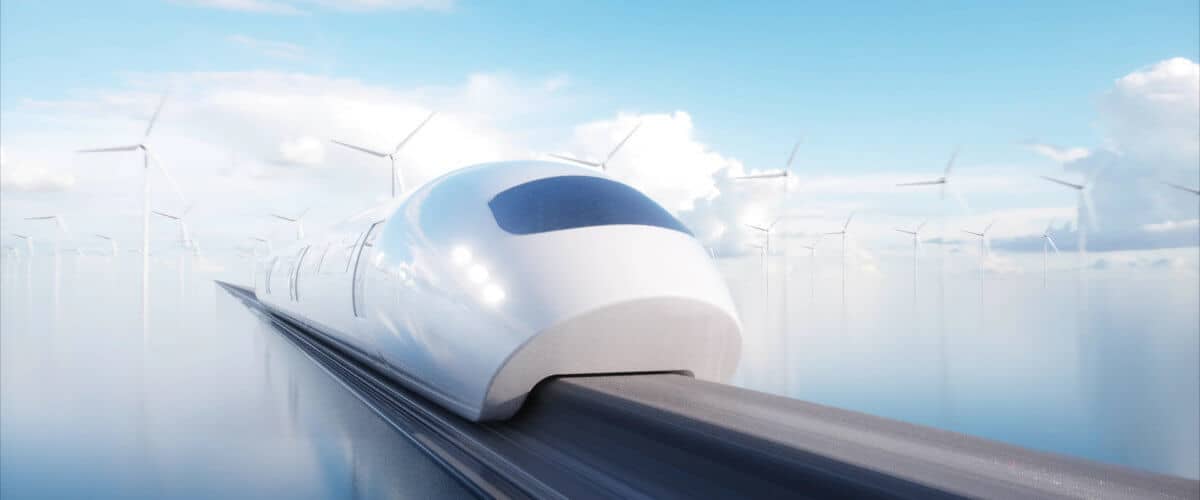
Supporters argue that Hyperloop could be cheaper and faster than train or car travel, and cheaper and less polluting than air travel. They claim that it’s also quicker and cheaper to build than traditional high-speed rail. Hyperloop could therefore be used to take the pressure off gridlocked roads, making travel between cities easier, and potentially unlocking major economic benefits as a result.
There are two major distinctions between Hyperloop and conventional trains. Passenger pods move in tubes or tunnels in which most of the air has been removed to decrease friction. This will allow the pods to travel at speeds of up to 1200 kilometers per hour.
How Does Hyperloop Transportation System Work?
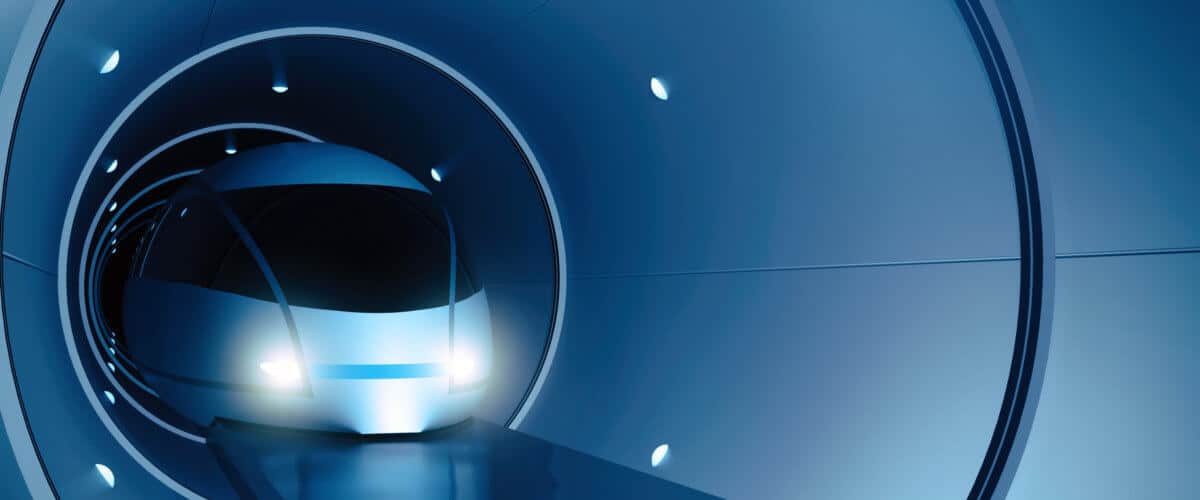
The Hyperloop is based on the magnetic levitation principle. The vehicle can be suspended and propelled on a guide track constructed of magnets, according to the magnetic levitation concept.
The tube, which is composed of steel, is one of the primary components of the Hyperloop system. To allow the Pods to go in both directions, two tubes are welded together side by side or up and down. The tubes will be supported by pillars. The Pods are accelerated using magnetic linear accelerators. These accelerators are stationed throughout the Hyperloop tube. Rotors are fastened at the bottom of each Pod, while stators are attached to the tube walls. The stator and rotor combine to give the Pod momentum. The Hyperloop system’s propulsion technology is used to accelerate and decelerate the Pod from 0 to 1200 kilometers per hour. In both urban and hilly environments, propulsion helps the Pod in maintaining the appropriate speed. The Pod linear induction motor is used to accelerate and decelerate, which has advantages over a permanent magnet motor. The linear induction motor minimizes the cost of materials, the weight of the Pod, and the Pod’s size. The compressor is located on the Pod’s front side. It captures air and sends it to the air bearings, which support the Pod’s weight. The Pod can go through a low-pressure tube without restricting the airflow between the tube walls and the Pod because of the compressor. The air flows to the tail through a narrow tube towards the bottom of the Pod. The flow generating thrust is expanded via a nozzle at the tail to mitigate some of the small amounts of aerodynamic and bearing drag. The Pods move above their track using passive magnetic levitation or air bearings and accelerate at high speeds thanks to a linear electric motor. Electromagnets of great strength levitate and propel the Pods forward. As the train glides over the desired track, frictional losses are reduced. The Pods travel at a very high speed because there are no frictional losses. The low-pressure air in the tube also improves efficiency by eliminating losses due to air drag, allowing the Pod to travel at a very high speed. The high speed of Pods reduces the time required for the journey or transporting passengers and vehicles from one location to another.
Will Hyperloop Be a Success?
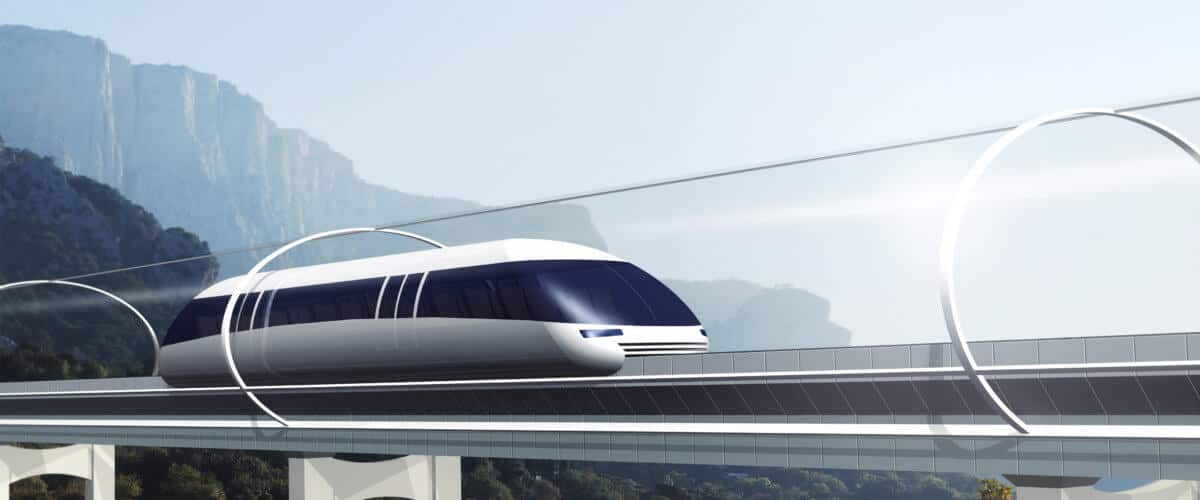
The Hyperloop idea has been around for a long time, but technology has been lacking up until now. Well-funded companies are vying to be the first to deliver a working service, but many initiatives are still in the pilot and experimental stages, despite their optimistic timetables. Going from modest test routes to hundreds of kilometers of the track is a significant step forward that none of these companies has yet taken. If the technology is still in development, the business models that will support it are likely to be as well. Hyperloop’s success will be determined by the destinations, local economies, and topography. Another issue is capacity. It’s unclear whether Hyperloop can transport a huge number of passengers more efficiently than current mass transit solutions. Critics believe that to attain the same passenger numbers as traditional rail, which employs much larger carriages, a large number of pods will be required. There are also several engineering challenges to overcome, including making the tubes sturdy enough to withstand the strains of transporting the high-speed pods and finding energy- and cost-effective ways to maintain them running at low pressure.
There are several reasons why the first Hyperloop test will most certainly fall short of expectations.
First and foremost, infrastructure. The Hyperloop system, to be successful, requires considerable infrastructure, which is costly to construct. In metropolitan locations, overground routes might be challenging, thus subterranean lines would be necessary, adding to the expense. Maintaining the vacuum within the Hyperloop system is another technological problem for a full-scale Hyperloop since any air leakage will reduce the pods’ maximum speed. To maintain the vacuum, enormous vacuum pumps would need to be placed at regular intervals along the path, and these would need to be powered. However, establishing a 1000 km long vacuum or near-vacuum chamber is nearly unfeasible due to two major issues: straight tube expansion and ambient pressure. On a long straight vacuum tube, expansion problems are a concern. As the temperature and air conditions fluctuate, any huge piece of infrastructure expands and contracts, which might be a major issue for Hyperloop. Even without vacuums, there are expansion concerns, and pipelines, for example, get around these by putting in space for the pipes to expand. However, if one wishes to pass down the tube at the speed of sound, this is not conceivable. On a hot and cold day, the tube length of a 1000 km Hyperloop will fluctuate by a few football fields. With a normal human possessing roughly two square meters of skin, atmospheric pressure is around 10 tonnes per square meter. However, we aren’t aware of this since the pressure is applied both inside and externally. There is a possibility of a vacuum collapse if there are 10 tonnes per square meter pressing on the outside of the Hyperloop but nothing pushing on the inside, resulting in the tube being crushed by the atmosphere.
Humans do not suffer a vacuum lightly. Various scientist believes that in the event of decompression, there won’t be any oxygen masks to keep you alive. The Hyperloop takes all the hazards of being in space and brings them down to a few cm of the Earth’s surface. It also brings all the hazards of the speed of planes and combines it with the hazard of traveling within a few cm of the earth. Any Hyperloop accident will result in the instant death of everyone in the Pod and almost everyone in the entire Hyperloop with the explosive decompression.
Hyperloop Transportation System’s Future
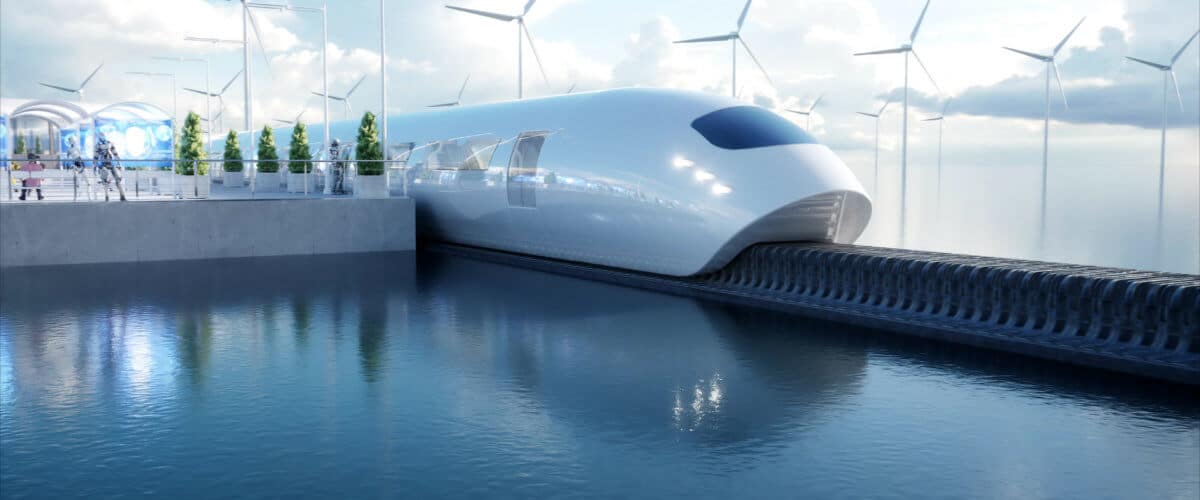
Hyperloop is a technology that, at least according to its supporters, has the potential to make a major impact. It has the potential to minimize air travel between major cities, stimulate economies and commerce, and relieve housing shortages in urban areas by letting commuters reside further afield. However, none of this has been verified yet. Before Hyperloop technologies can convey passengers in luxury through a pneumatic tube, much alone alter the world, they must overcome significant technological and commercial challenges.
The next step for Hyperloop is to proceed beyond preliminary testing and feasibility studies and begin longer-distance trials of the technology, as well as, more significantly, passenger testing. Another problem will be identifying commercial models that work globally. Only after all of this will it be known whether Hyperloop will be a success.
Photo: andrey_l/shutterstock
You might also like:
Support us!
All your donations will be used to pay the magazine’s journalists and to support the ongoing costs of maintaining the site.
Share this post
Interested in co-operating with us?
We are open to co-operation from writers and businesses alike. You can reach us on our email at cooperations@youthtimemag.com/magazine@youthtimemag.com and we will get back to you as quick as we can.
